10. Craters of the Moon National Monument
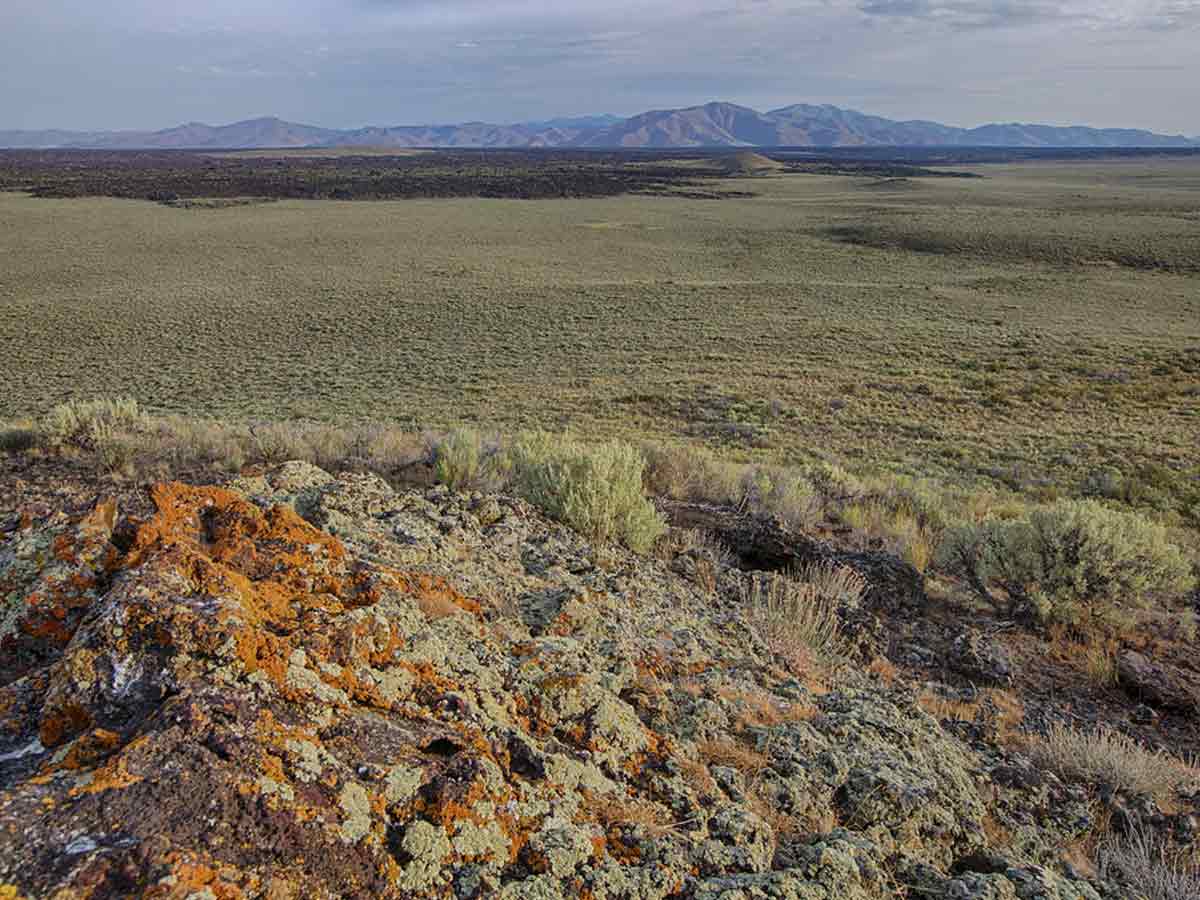
Arco
One of our unusual honeymoon destinations, Craters of the Moon National Park is a striking, otherworldly landscape, a vast lava field given to beautiful sunsets and sunrises. There are plenty of trails for driving and hiking the scenery, and the Cave Trail and Indian Tunnel walk you through caves of molten stone.
(image via mypubliclands, CC)
9. BASE Jump from Perrine Bridge

Twin Falls
The titanic Shoshone Falls is 212 feet high and around 900 feet wide. They call it the "Niagara of the West," but it's actually taller than Niagara. Be sure you go in the spring, because in the late summer and fall they divert water to the power plant. Watch (or participate with) BASE jumpers at Perrine Bridge, maybe the only manmade structure in the U.S. that allows the sport year-round, with no permit.
(image via krupptastic, CC)
8. Sierra Silver Mine Tour

Wallace
A retired miner takes you through the process of hard-rock mining in the richest silver district on Earth. Get in the trolley, put on your hard hat, and get ready to see real mining equipment in action. Sierra Silver Mine Tours give you lessons about the history of the mining town as you descend into the mountain, and the Ghost Town Trolley Tour takes it one step further with reenactors.
7. River Surfing and Kayaking
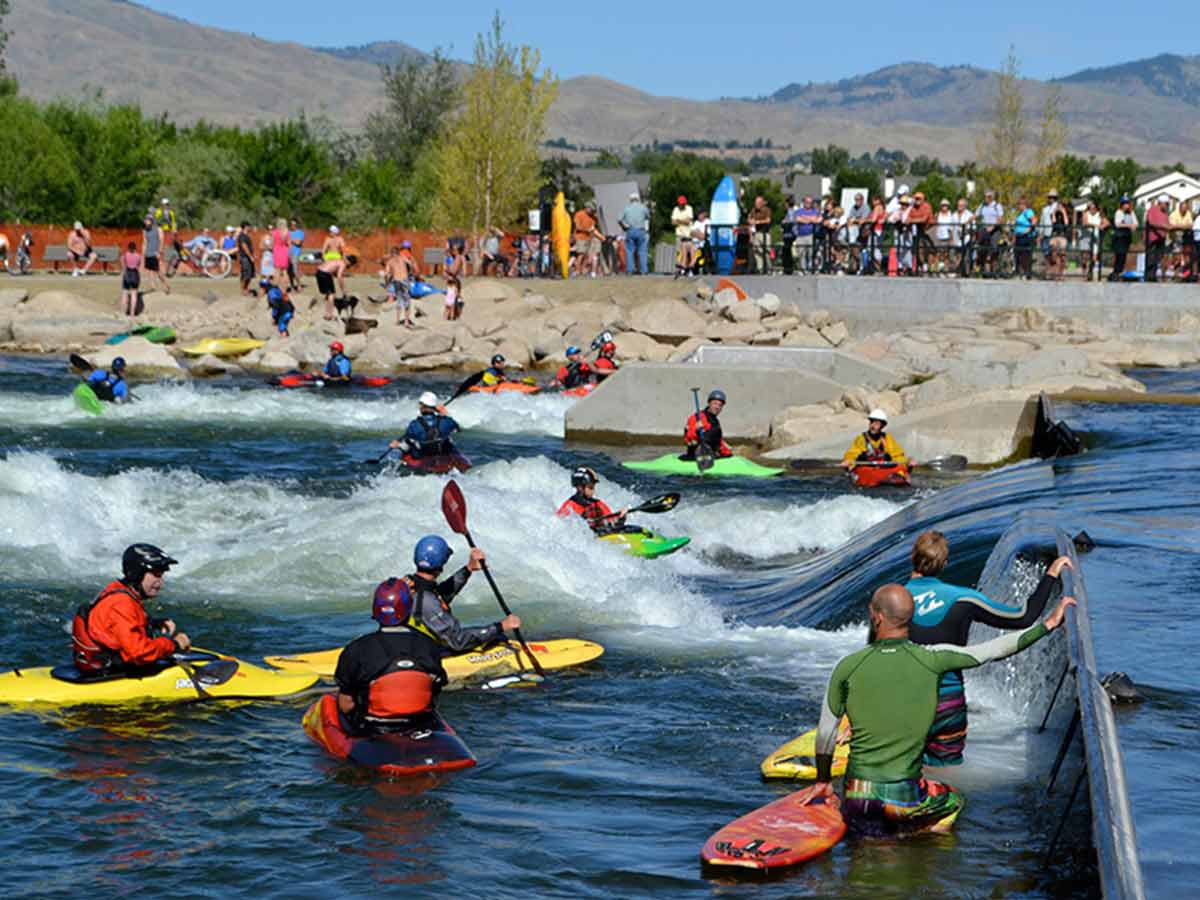
Boise
Boise River Park is a city park in Boise where the river has been fitted with two state-of-the-art waveshapers that make waves between 20 and 25 feet tall, allowing people to surf and kayak, or whatever you want really. Jetties on both sides of the river guide you in, and an expansion is currently underway. There's even a surf company or two in town to help you get started.
(image via Boise River Park)
6. Skiing at Schweitzer Mountain
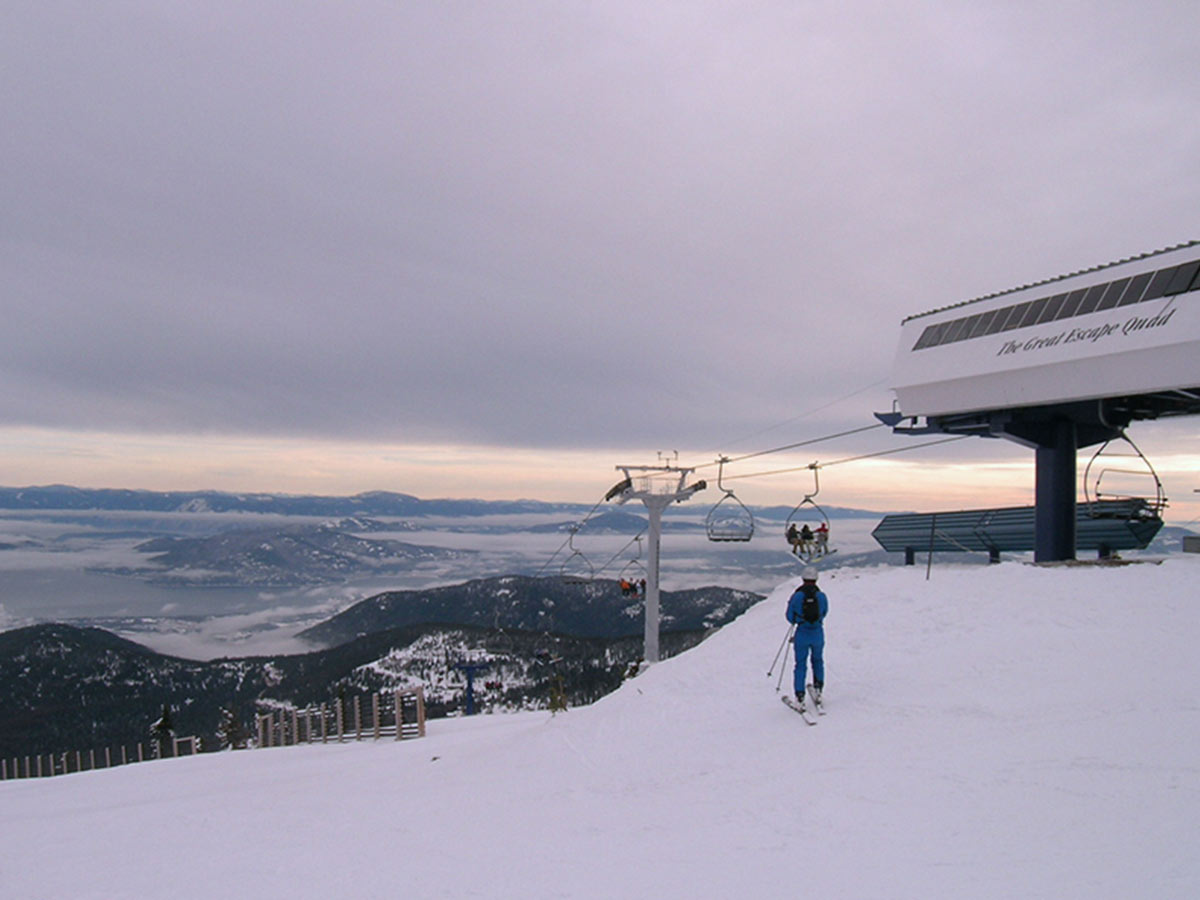
Bonner County
With 2,900 acres, Schweitzer Mountain is the largest ski resort in Idaho and a paradise for tree skiing fans in particular. The lodges and condos are great places to relax after a long day, but if you need that extra bit of unwinding, there's the Solstice Spa. Special events like Fall Fest ensure there is fun year-round, and the leaves are gorgeous in autumn, whether you like skiing or not.
5. Minidoka Internment National Monument

Eden
Minidoka housed over 9,000 of the nearly 120,000 Japanese and Japanese-American residents of the United States who were relocated to internment camps across the country in the largest forcible relocation in American history. It's a grim part of our history, but it needs to be remembered. We need never to forget what we're capable of when the going gets tough. This monument stands to honor those who were forced to live in the camp, including cultural figures like Paul Chihara and Shig Murao.
(image via Minidoka National Historic Site)
4. Square Ice Cream at Rainey Creek Country Store

Swan Valley
Maybe it's the square scoop, though that seems like a flimsy reason. Maybe it's the local favorites like huckleberry. Manager Judy Moore thinks it's the fact that they've been in the same spot since 1946. Whatever the reason, Rainey Creek Country Store is the place to go to cool off in the middle of summer.
(image via Instagram)
3. Snow Sculptures at the McCall Winter Carnival

McCall
The McCall Winter Carnival takes place over more than a full week with winter sports, beer gardens, live entertainment, video game tournaments, and more. The big draw, however, is the snow sculpture competition. Dozens of snow sculptures line the main routes of the city turning the whole place into a winter wonderland of beautiful variety.
2. Have a Hemingway Remembrance
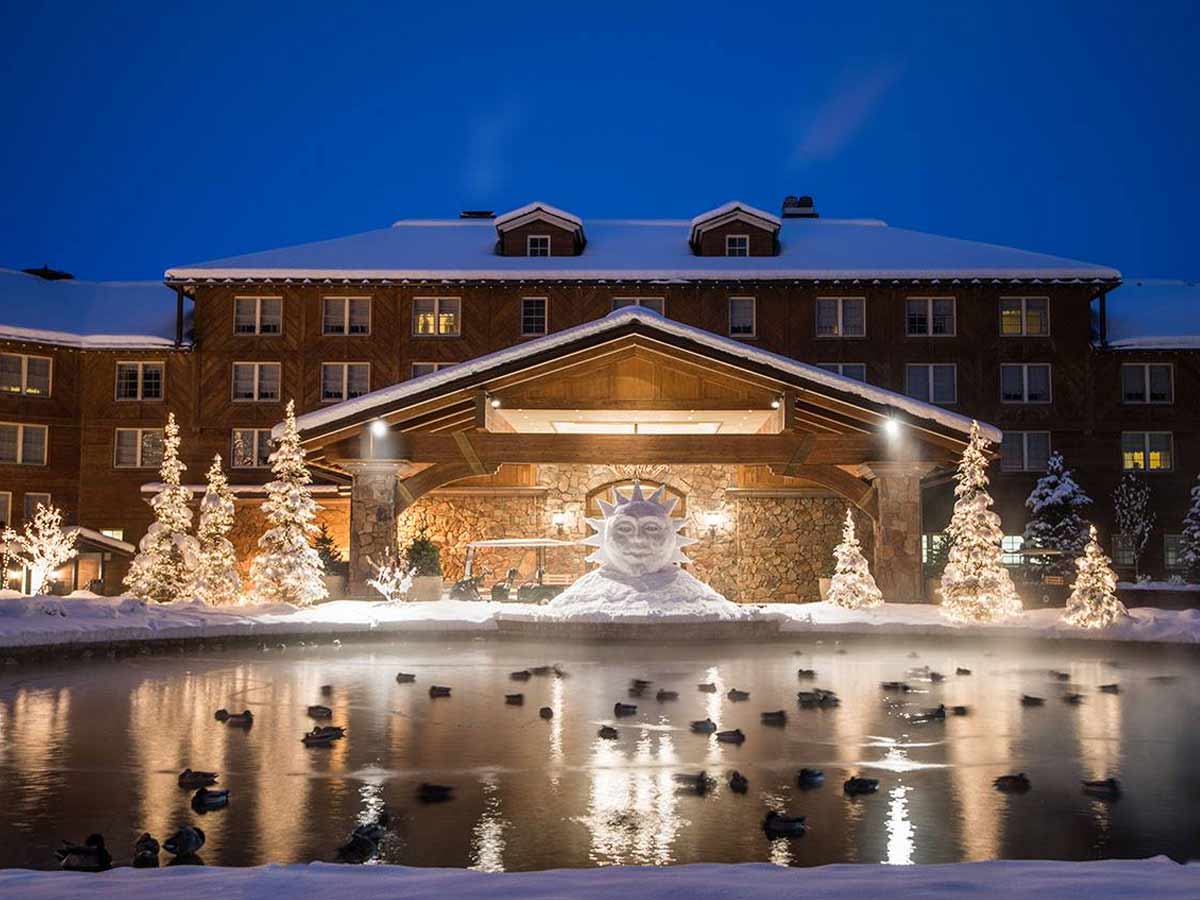
Ketchum and Sun Valley
When people think of Hemingway tourism, they tend to think of his home in Key West. But the author spent many an autumn in Idaho enjoying the weather and the company. He was dear friends with the publicist Gene Van Guilder and came to visit often. He finished For Whom the Bell Tolls in suite 206 of the Sun Valley Lodge (a room in which guests can still stay), and he's buried not too far away in Ketchum Cemetery.
(image via Sun Valley, Idaho)
1. Bear River Massacre Site
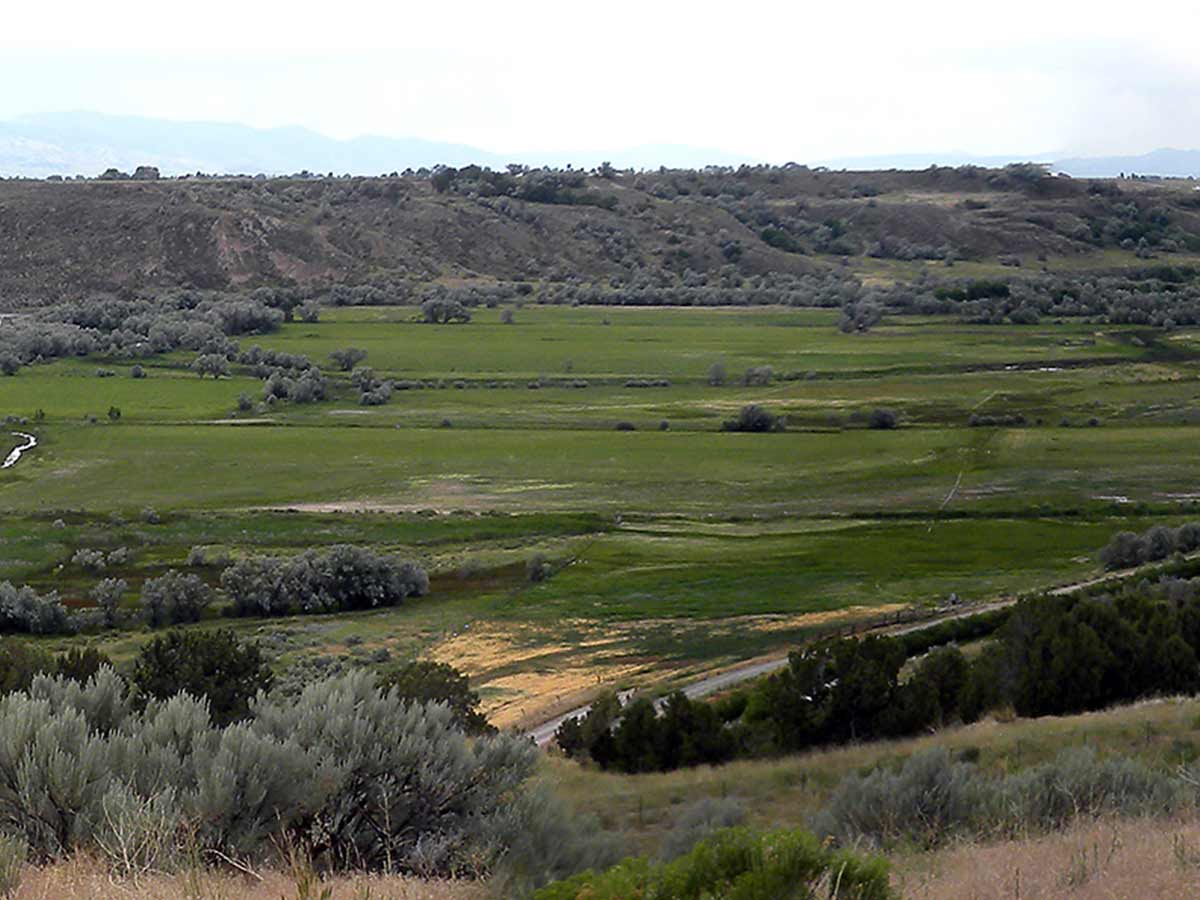
Preston
In January of 1863, fed up by Shoshone raids on Ft. Douglas (a result of the starvation the invading pioneers had caused upon the tribe), Col. Patrick E. Conor made for the Shoshone camp, boxing them in and firing on them from the bluffs. Sixty-seven Federal troops were lost or wounded, primarily in a failed frontal attack, but the Shoshone were massacred. Their losses were between 384 and 410 casualties, including women and children. The Lemhi-Shoshone tribes currently have a historic site set up in remembrance of this largest single-incident massacre of American Indians in the West.
 Author
Garrett Steele
Last Updated: October 06, 2023
Author
Garrett Steele
Last Updated: October 06, 2023

